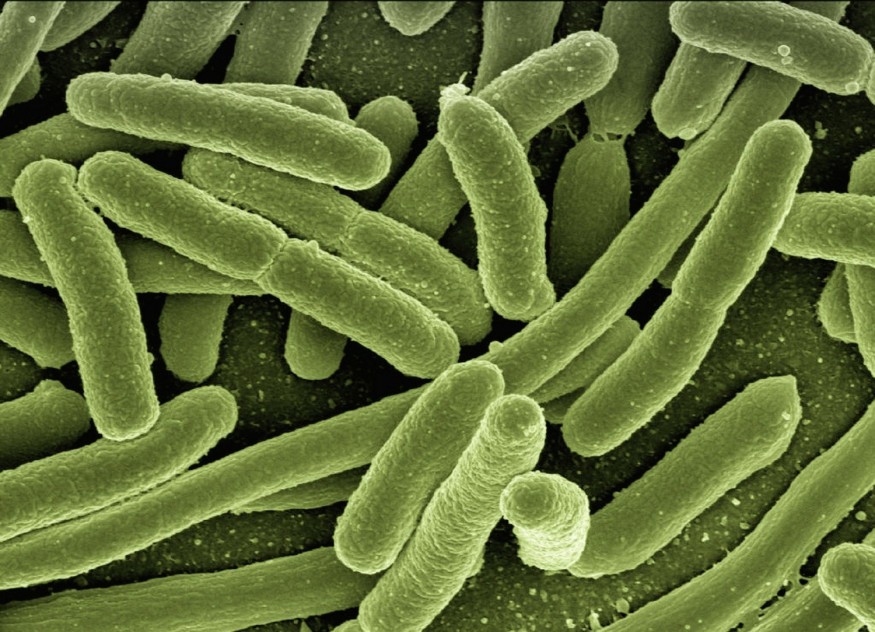Researchers have discovered a molecule capable of killing gram-negative bacteria that cause urinary tract infections as well as infections in the lungs and bloodstream. According to the researchers, the molecule can kill over 300 different types of drug-resistant bacteria.

Scientists Named a New Molecule that Kills Gram-Negative Bacteria
The newly discovered molecule is called fabimycin. It can pass through the cell's outer layer and avoids the pumps that remove foreign material, allowing the molecule to accumulate where it can cause the most harm. It can also keep healthy bacteria alive rather than destroy them.
Why a Gram-Negative Bacteria is Hard to Kill
Stubborn bacteria are difficult to kill because they have a protective outer membrane that shields the cell wall from harmful substances like antibiotics. In a study that was published in the Journal of Global Antimicrobial Resistance, an English hospital found that more than one-third of patients with blood infections caused by gram-negative bacteria died within a year, underscoring the challenges in controlling these resilient microbes.
According to the researchers published paper, genomic studies and experiments with permeability-deficient strains have revealed a variety of biological targets that can be used to kill gram-negative bacteria. However, the pathogens' formidable outer membranes and promiscuous efflux pumps prevent many candidate antibiotics from reaching these targets.
Why Does Antibiotic Resistance Happen?
Some bacteria are naturally resistant to certain antibiotics, according to WebMD. Others may develop resistance if their genes are altered or if they inherit drug-resistant genes from other bacteria. The longer and more frequently antibiotics are used, the less effective they become against bacteria.
On the other hand, according to the Cleaveland Clinic's website, bacteria develop antibiotic resistance rather than our bodies. Antibiotic resistance causes fewer antibiotics to be effective against bacteria.
ALSO READ : Newly invented bacteria eats plastic
Effectiveness in Gram-Bacteria Biosynthesis of the Molecule Fabimycin
The study started with an antibiotic that was known to be effective against gram-positive bacteria and then made several structural changes to allow the molecule to penetrate the powerful defenses of gram-negative strains.
In tests, fabimycin was effective against over 300 different types of drug-resistant bacteria. Furthermore, in mouse models, it was shown to reduce levels of harmful bacteria in mice with pneumonia or urinary tract infections to pre-infection levels.
It is reasonable to anticipate that as fabimycin is used to treat infections in higher organisms, its efficacy will increase given its encouraging activity in mouse infection models and data showing that fabimycin is significantly more stable in rat and human plasma.
The scientists said that they were learning more and more about gram-negative bacteria as time went on, whether it's about how they're put together at the molecular level or how they work inside the body. All of that information is useful in determining how to mitigate the damage.
Although there is still a lot of work to be done before fabimycin can be included in a medication that is actually used, the signs are encouraging. It will undoubtedly be worth watching as researchers prepare it for human trials.
According to the researchers, fabimycin's potency, combined with its very low resistance frequency and apparent lack of pre-existing resistance, bodes well for its translation.
RELATED ARTICLE : CDC Confirms Cases of Melioidosis in Mississippi Gulf Coast Due to Burkholderia Pseudomallei Bacteria
Check out more news and information on Bacteria in Science Times.












